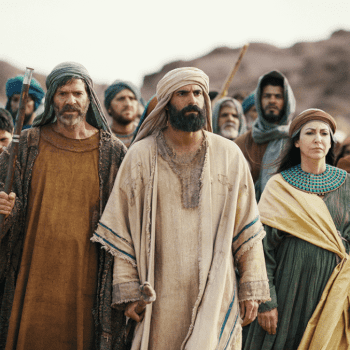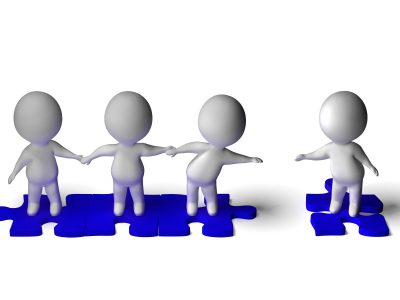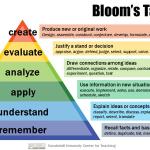An ancient story from the Talmud offers an answer to the question, “Where will I find the Messiah?”
A Rabbi asked Elijah, “When will the Messiah come?”
Elijah replied, “Go and ask him yourself.”
“Where is he?”
“Sitting at the gates of the city.”
“How shall I know him?”
“He is sitting among the poor covered with wounds. The others unbind all their wounds at the same time and then bind them up again. But he unbinds one at a time and binds it up again, saying to himself, “Perhaps I shall be needed; if so I must always be ready so as not to delay for a moment.”
Western Christianity is thorough and effective in addressing the needs of the sinner, the sinner’s sin, and the restoration of the sinner. It is not so effective in speaking to the wounded.
Typically, we are convinced that when the sinner is restored, the injured need to get over it. Mind you, nothing is said to them in the meantime. Tea and a bit of sympathy, perhaps — a shoulder to lean on — but the wounded are disenfranchised by our theology of sin, their pain goes largely unacknowledged, and when the sinner is restored it is time to move on.
It’s no small wonder that many turn to thoughts of vengeance and many more feel alienated from the love of God. Where do you go when you’ve been denied justice and you’ve never had time to grieve and all that people tell you is suck it up and move on?
Love without justice is flaccid and underwrites villainy. Justice without love can be cruel. Restoration without attention to the wounds inflicted on the victim is easy and comfortable for on-lookers, but well short of complete for those who suffer at the hands of the persecutor.
In this respect, my friend and colleague Andrew Sung Park has called our attention to the contribution of Asian Christianity. Korean Christians talk about “han” — the black hole created in the lives of those who are wounded — a black hole filled by bitterness, alienation, and anger, as well as the potential for vengeance and yet another round of violence.
To work for complete restoration, we cannot work for the forgiveness of sin and the restoration of the sinner alone. We need to care for those who are injured.
That requires a number of things:
- The willingness to acknowledge the harm done and the pain inflicted
- Diligence in comforting the afflicted and assure them of justice
- The willingness to work for justice and healing
- The ability to hold the pain for one another when we are injured — because when we are injured, we are all capable of blind vengeance
To do these four things requires vigilant strength that sets aside our own desire to resolve a conflict or run from the pain of others. We all fear embracing the pain of those who are injured. It reminds us that all is not well in the world. It reminds us that we too could be injured. And harder yet, it reminds us that we too are capable of injuring others. The difficult business of holding the injury experienced by others is a God-given task — the other and neglected side of restoration.
We are human, frail, and we long for simplicity. So, we are drawn to the easy resolution of the pain we have inflicted — love and restore, or judge and condemn. God, whose patience, love, and capacity for facing the truth, invites us to do more. Healing is almost never found at the extremes, nor in the middle, but in the tenacious effort to listen for the voice of God.

















